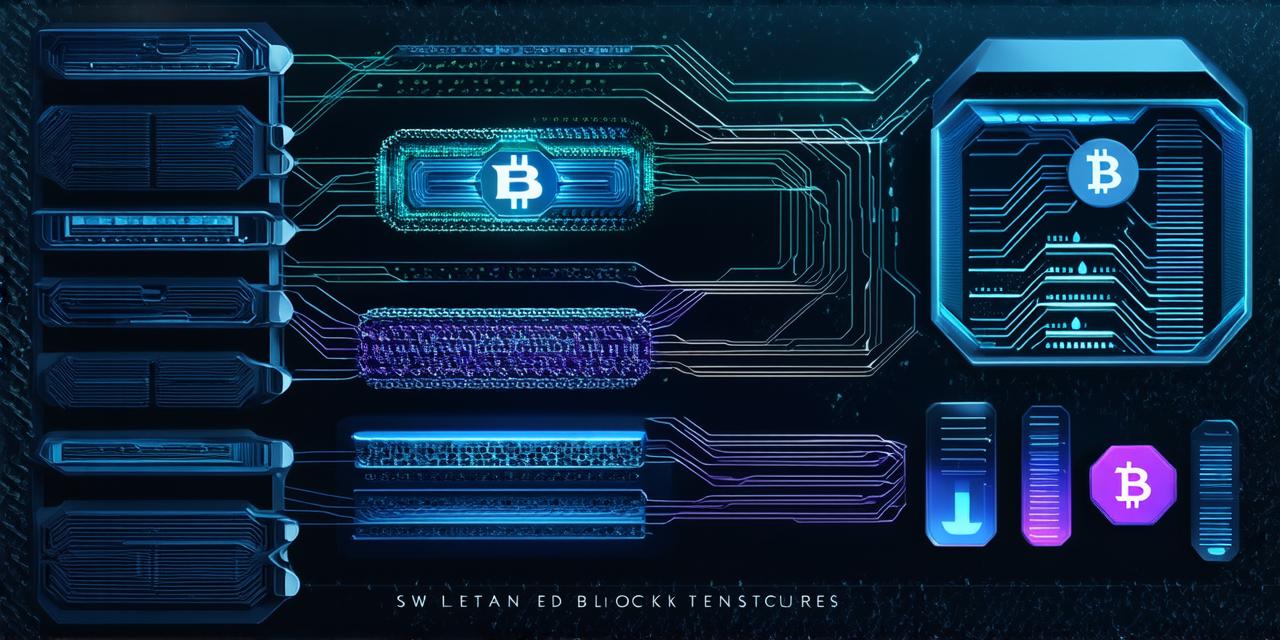Blockchain technology is a revolutionary concept that has taken the world by storm. It is a decentralized digital ledger that enables secure and transparent transactions without the need for intermediaries. In this article, we will delve into the intricacies of blockchain technology, explore its various applications, and provide insights into how it works.
What is Blockchain Technology?
Blockchain technology can be described as a decentralized digital ledger that records transactions in a secure and transparent manner. The term “blockchain” refers to the chain of blocks that make up the ledger, where each block contains information about a transaction. This information is stored across a network of computers, making it virtually impossible for any single entity to control or manipulate the data.
The concept of blockchain technology was first introduced in 2008 by an anonymous individual or group of individuals known as Satoshi Nakamoto. They proposed a decentralized digital currency called Bitcoin, which would enable secure and transparent transactions without the need for intermediaries such as banks or financial institutions. Since then, blockchain technology has evolved to encompass a wide range of applications beyond cryptocurrencies, including supply chain management, identity verification, and voting systems.
How does Blockchain Technology Work?
At its core, blockchain technology is based on the principle of consensus. In a blockchain network, transactions are validated by a consensus mechanism that ensures that all nodes in the network agree on the validity of each transaction. This consensus mechanism can be either proof-of-work (PoW) or proof-of-stake (PoS), depending on the specific application.
In a PoW blockchain, transactions are validated by miners who compete to solve complex mathematical problems. The first miner to solve the problem is rewarded with newly minted coins, and the transaction is added to the blockchain. In contrast, in a PoS blockchain, transactions are validated by users who hold a certain amount of cryptocurrency as collateral. Users are selected randomly to validate transactions based on the amount of cryptocurrency they hold.
Once a transaction is validated, it is added to a block along with other validated transactions. This block is then broadcast to all nodes in the network, where it is verified and added to their own copy of the ledger. Because each node has a copy of the entire ledger, it is virtually impossible for any single entity to manipulate the data.
Applications of Blockchain Technology
Blockchain technology has a wide range of potential applications beyond cryptocurrencies. Here are some examples:
-
Supply Chain Management: Blockchain can be used to create a transparent and secure supply chain that tracks products from production to delivery. This can help reduce fraud, improve traceability, and increase efficiency.
-
Identity Verification: Blockchain can be used to create a decentralized identity system that enables individuals to control their own personal data. This can help reduce identity theft and improve privacy.
-
Voting Systems: Blockchain can be used to create secure and transparent voting systems that are resistant to tampering and hacking.
-
Healthcare: Blockchain can be used to securely store and share medical records, enabling doctors to access patient data quickly and easily.
-
Financial Services: Blockchain can be used to enable faster and more secure financial transactions, such as cross-border payments and trade finance.
FAQs
Q: What is the difference between blockchain and a database?
A: A blockchain is a decentralized digital ledger that enables secure and transparent transactions without the need for intermediaries, while a database is a centralized collection of data that can be managed and updated by a single entity.
Q: What is the consensus mechanism in blockchain technology?
A: The consensus mechanism in blockchain technology is the algorithm used to validate transactions and ensure that all nodes in the network agree on the validity of each transaction. There are two main types of consensus mechanisms: proof-of-work (PoW) and proof-of-stake (PoS).

Q: What is a smart contract in blockchain technology?
A: A smart contract is a self-executing contract with the terms of the agreement written into code. Smart contracts can be programmed to automatically execute when certain conditions are met, enabling secure and transparent transactions without the need for intermediaries.
